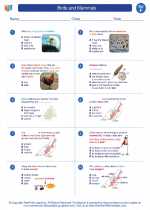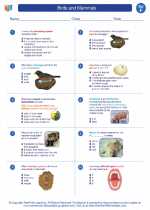Tetracyclines
Tetracyclines are a group of broad-spectrum antibiotics that are effective against a wide variety of bacteria. They are commonly used to treat infections such as acne, urinary tract infections, and respiratory tract infections.
Chemical Structure
Tetracyclines are characterized by a four-ring structure and are derived from the compound tetracycline.
Mechanism of Action
Tetracyclines work by inhibiting bacterial protein synthesis. They bind to the bacterial ribosome, preventing the attachment of aminoacyl tRNA molecules to the mRNA-ribosome complex, thereby inhibiting protein synthesis.
Common Tetracyclines
- Tetracycline
- Doxycycline
- Minocycline
- Demeclocycline
Usage
Tetracyclines are used to treat a wide range of bacterial infections, including:
- Acne
- Urinary tract infections
- Respiratory tract infections
- Chlamydia
- Rocky Mountain spotted fever
- Lyme disease
Side Effects
Common side effects of tetracyclines include:
- Nausea and vomiting
- Dizziness
- Sensitivity to sunlight
- Tooth discoloration (in children)
- Contraindicated in pregnancy and children under 8 years old
Study Guide Summary
To study tetracyclines, focus on understanding their chemical structure, mechanism of action, common types, usage, and side effects. Be familiar with the specific bacterial infections that tetracyclines are used to treat, as well as the potential side effects associated with their use.
.◂Science Worksheets and Study Guides Sixth Grade. Birds and Mammals

 Activity Lesson
Activity Lesson
 Worksheet/Answer key
Worksheet/Answer key
 Worksheet/Answer key
Worksheet/Answer key
 Worksheet/Answer key
Worksheet/Answer key
 Worksheet/Answer key
Worksheet/Answer key
 Vocabulary/Answer key
Vocabulary/Answer key
 Vocabulary/Answer key
Vocabulary/Answer key
 Vocabulary/Answer key
Vocabulary/Answer key
 Vocabulary/Answer key
Vocabulary/Answer key
 Vocabulary/Answer key
Vocabulary/Answer key
